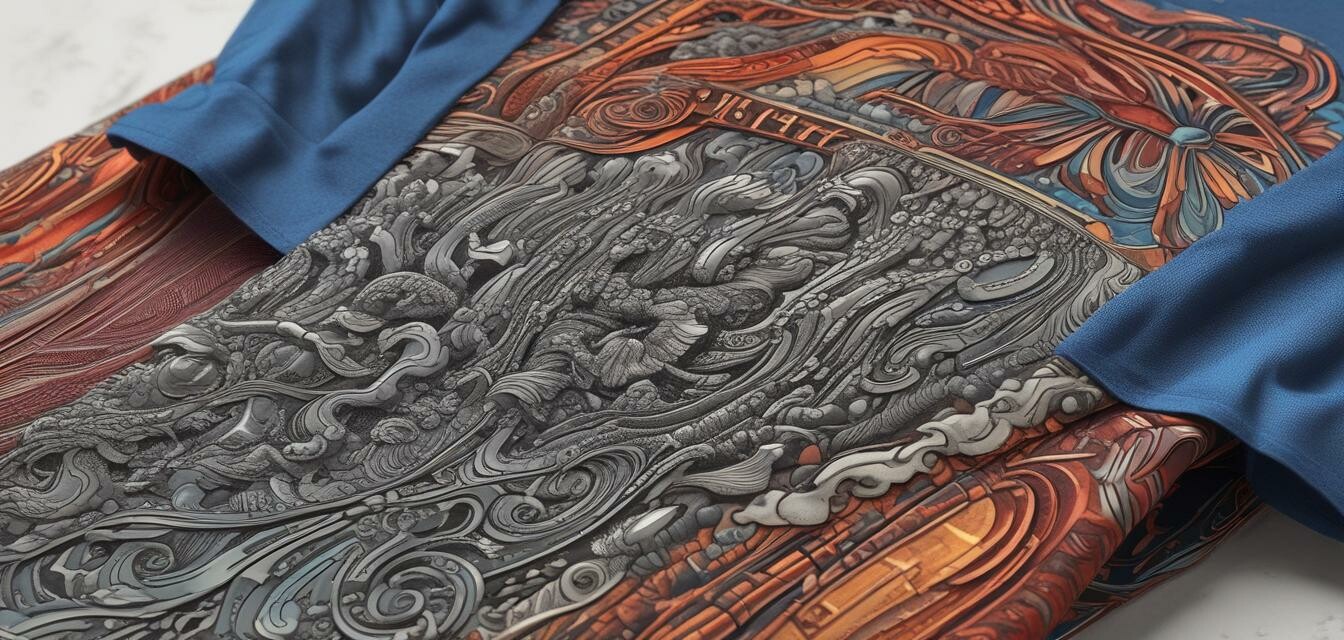
Mastering the Art of Layered Heat Transfers
- Layered heat transfers add depth and style to your shirt designs.
- Understanding temperatures and pressure settings is crucial for success.
- Using the right heat press machine type can enhance results.
- Practice layering techniques can lead to professional-looking outcomes.
- Troubleshooting common issues will optimize your heat transfer process.
Layered heat transfers can elevate your shirt designs from basic to extraordinary. This technique involves applying different layers of heat transfer vinyl (HTV) one after the other, creating depth and complexity in your design. In this article, we will explore various techniques to execute layered heat transfers seamlessly using different heat press machines. Whether you're a hobbyist or an entrepreneur, mastering this art will improve the quality of your shirts and boost your creativity.
Understanding Layered Heat Transfers
Layered heat transfers consist of multiple pieces of heat transfer vinyl pressed onto a garment in succession. The result is a rich composition of colors and textures that can enhance the aesthetic appeal of any design.
The Benefits of Layered Heat Transfers
- Versatility: Layered designs can be applied to various fabrics and styles.
- Customization: Easily create unique designs tailored to personal tastes or business needs.
- Visual Impact: Layers add depth, making designs standout.
Techniques for Successful Layering
Successful execution of layered heat transfers requires attention to detail and proper techniques. Below, we outline some important steps:
1. Choose the Right Materials
Select high-quality heat transfer vinyl that adheres well and holds its shape. The type of HTV you choose will affect the overall look of your design. Consider using:
- Glossy HTV for vibrant finishes
- Matte HTV for a more subtle look
- Metallic or glitter HTV for added flair
2. Plan Your Design
Before you start pressing, create a design layout that specifies which pieces will be layered. Use design software to visualize the final look, and ensure that the layers will fit properly when layered.
3. Adjusting Temperature and Pressure
Each type of HTV requires distinct temperature and pressure settings. Refer to the manufacturer's guidelines and adjust your heat press settings accordingly. Here's a quick reference table:
| Type of HTV | Temperature (°F) | Pressure (psi) |
|---|---|---|
| Glossy HTV | 305 | Medium |
| Matte HTV | 320 | Medium |
| Metallic HTV | 330 | High |
| Glitter HTV | 320 | High |
4. Layering Process
Begin by placing the first layer of HTV onto the shirt and press it according to the settings you've chosen. After pressing:
- Peel the backing while warm or cold, depending on the HTV type.
- Allow the first layer to cool before positioning the following layers.
- Repeat the pressing process for each layer while ensuring they align properly.
Troubleshooting Common Issues
Even seasoned users might encounter some issues while performing layered heat transfers. Here are common problems and their solutions:
| Issue | Possible Cause | Solution |
|---|---|---|
| Peeling HTV | Incorrect temperature | Double-check your heat settings and adjust accordingly. |
| Lifted Edges | Low pressure | Increase pressure setting on your heat press. |
| Discoloration | Excessive heat | Use lower temperatures and shorter pressing times. |
Using Different Heat Press Machines
Understanding the type of heat press machine you have can greatly influence your results. Different machines offer varied functionality:
- Clamshell Heat Press: Ideal for beginners, easy to use but may require careful handling of layers.
- Swing Away Heat Press: Offers more safety with more space but requires a careful approach to positioning.
- Digi Heat Press: Not only modern but also great for digital designs that involve precise heat settings.
For more in-depth information on specific types, check our guide on Clamshell Heat Presses and Swing Away Heat Presses.
Key Takeaway
Layering heat transfers is a fantastic way to personalize garments and create standout items that make an impression. With the right techniques, materials, and tools, this art can be mastered and applied to various projects. Don't hesitate to experiment and practice these methods to achieve professional results, and remember to troubleshoot as needed to improve your skills.
Tips for Beginners
- Start with simple designs to build confidence.
- Practice timing to avoid overheating the HTV.
- Keep your work area organized to avoid confusion with layered heat transfer pieces.